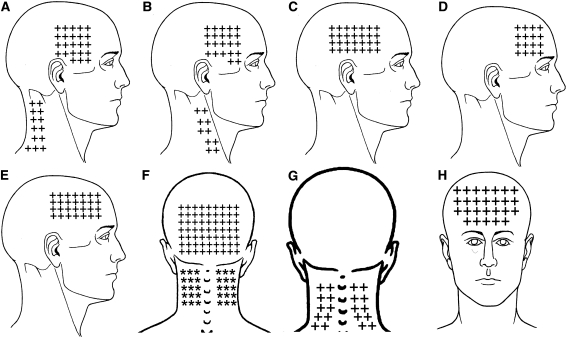Diagnosis and Chiropractic Treatment of Infant Headache
Diagnosis and Chiropractic Treatment of Infant Headache Based on Behavioral Presentation and Physical Findings: A Retrospective Series of 13 Cases
SOURCE: J Manipulative Physiol Ther. 2009 (Oct); 32 (8): 682–686
Aurélie M. Marchand, MChiro, DC, Joyce E. Miller, BS, DC, Candice Mitchell, MChiro
Private Practice,
Brussels, Belgium
OBJECTIVE: This case series presents information on diagnosis and treatment of 13 cases of benign infant headache presenting to a chiropractic teaching clinic.
CLINICAL FEATURES: A retrospective search was performed for files of infants presenting with probable headache revealing 13 cases of headache from 350 files.
INTERVENTION AND OUTCOMES: Thirteen cases (6 females, 7 males) from 2 days old to 8.5 months old were identified by behavioral presentation, parental, or medical diagnosis. In the cohort, historical findings included: birth trauma, assisted birth, familial headache history and feeding difficulty. Examination and behavioral findings were grabbing or holding of the face, ineffective latching, grimacing and positional discomfort, rapping head against the floor, photophobia and anorexia. Posterior joint restrictions of the cervical spine were found in these cases. No cases of malignant headache were found. All infants received a trial of chiropractic care including manual therapy.
There are more articles like this @ our:
Chiropractic Pediatrics Section and the:





